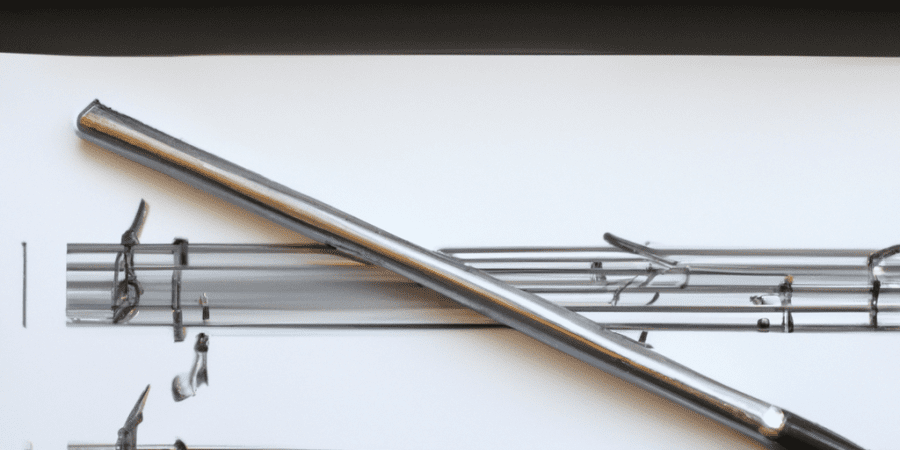The Evolution of Classical and Modern Music: A Harmonious Journey
Music has been a universal language since time immemorial, with its ability to evoke emotions, captivate audiences, and transcend cultural barriers. Over the centuries, music has evolved and taken various forms, but two distinct genres that have played a significant role are classical and modern music. In this article, we’ll delve into the rich history and unique characteristics of each genre, and explore how they have shaped the musical landscape.
Classical Music: A Timeless Legacy
Classical music epitomizes centuries of musical triumphs, with its roots dating back to the medieval and Renaissance eras. This genre, characterized by its intricate melodies and harmonies, is performed by orchestras and chamber ensembles. Composers like Johann Sebastian Bach, Wolfgang Amadeus Mozart, and Ludwig van Beethoven revolutionized classical music, leaving an indelible mark.
1. The Baroque Era: The Baroque period (1600-1750) witnessed the rise of intricate compositions, elaborate ornamentation, and dramatic storytelling through music. Johann Sebastian Bach’s compositions, such as the famous Brandenburg Concertos, exemplify the grandeur and complexity of the Baroque era.
2. The Classical Era: The Classical period (1750-1820) introduced a more restrained and balanced musical style. Composers like Wolfgang Amadeus Mozart and Joseph Haydn composed symphonies, string quartets, and piano sonatas that showcased refined melodies and structured forms. Mozart’s Symphony No. 40 and Haydn’s “Farewell” Symphony stand as timeless classics.
3. The Romantic Era: The Romantic period (1800-1910) witnessed a surge of emotional expression and individualism in music. Composers like Ludwig van Beethoven, Franz Schubert, and Pyotr Ilyich Tchaikovsky infused their compositions with intense passion and rich storytelling. Beethoven’s Symphony No. 9 and Tchaikovsky’s Swan Lake are beloved examples of Romantic masterpieces.
Modern Music: Breaking the Boundaries
Modern music emerged as a response to the classical traditions, breaking musical conventions and exploring new realms of sound. This genre encompasses various subgenres, including jazz, rock, pop, electronic, and many more. Here are some significant milestones in the evolution of modern music:
1. The Jazz Age: The early 20th century marked the birth of jazz, a genre rooted in African American culture, characterized by improvisation, syncopation, and swing rhythms. Jazz legends like Louis Armstrong, Duke Ellington, and Miles Davis revolutionized music with their innovative compositions and virtuosic performances.
2. The Rock ‘n’ Roll Revolution: In the 1950s, rock ‘n’ roll exploded onto the music scene, with artists like Elvis Presley, Chuck Berry, and the Beatles becoming household names. This genre brought electric guitars, powerful vocals, and rebellious attitudes to the forefront, defining a new era of popular music.
3. The Digital Age: The advent of digital technology in the late 20th century revolutionized the music industry. Electronic music, characterized by synthesizers, drum machines, and computer-generated sounds, took center stage. Influential electronic music pioneers include Kraftwerk, Brian Eno, and Daft Punk.
The Intersection of Classical and Modern Music
Despite their distinct characteristics, classical and modern music often intertwine, resulting in unique musical hybrids. Numerous contemporary composers draw inspiration from classical techniques while incorporating modern elements, creating boundary-pushing compositions.
1. Neoclassicism: The neoclassical movement emerged in the early 20th century, with composers like Igor Stravinsky and Sergei Prokofiev revisiting classical forms and blending them with modern harmonies and rhythms. Stravinsky’s “The Rite of Spring” is a prime example of neoclassical experimentation.
2. Minimalism: Minimalism, which gained popularity in the 1960s, stripped music down to its bare essentials, often utilizing repetitive patterns and subtle variations. Composers like Philip Glass and Steve Reich found a delicate balance between classical simplicity and modern innovation.
3. Crossover Collaborations: Many musicians today bridge the gap between classical and modern genres through collaborative projects. Artists like Yo-Yo Ma and Lang Lang have joined forces with contemporary rock/pop artists, showcasing the versatility and adaptability of classical music.
In conclusion, classical and modern music have paved the way for endless possibilities in the world of music. Classical music serves as a fountainhead of inspiration, while modern music pushes the boundaries and dares to explore uncharted territories. Regardless of preferences, both genres continue to captivate and enchant audiences worldwide, leaving a lasting legacy that enriches our musical tapestry.
